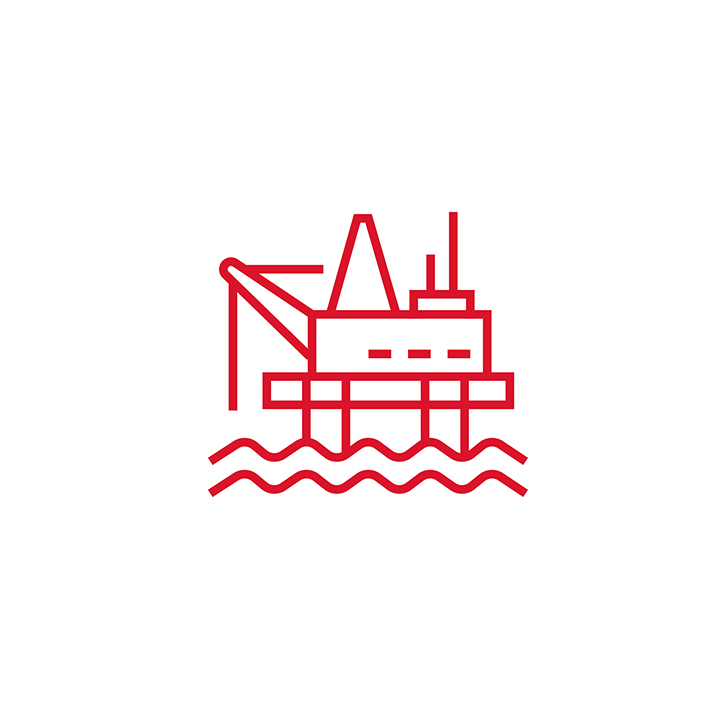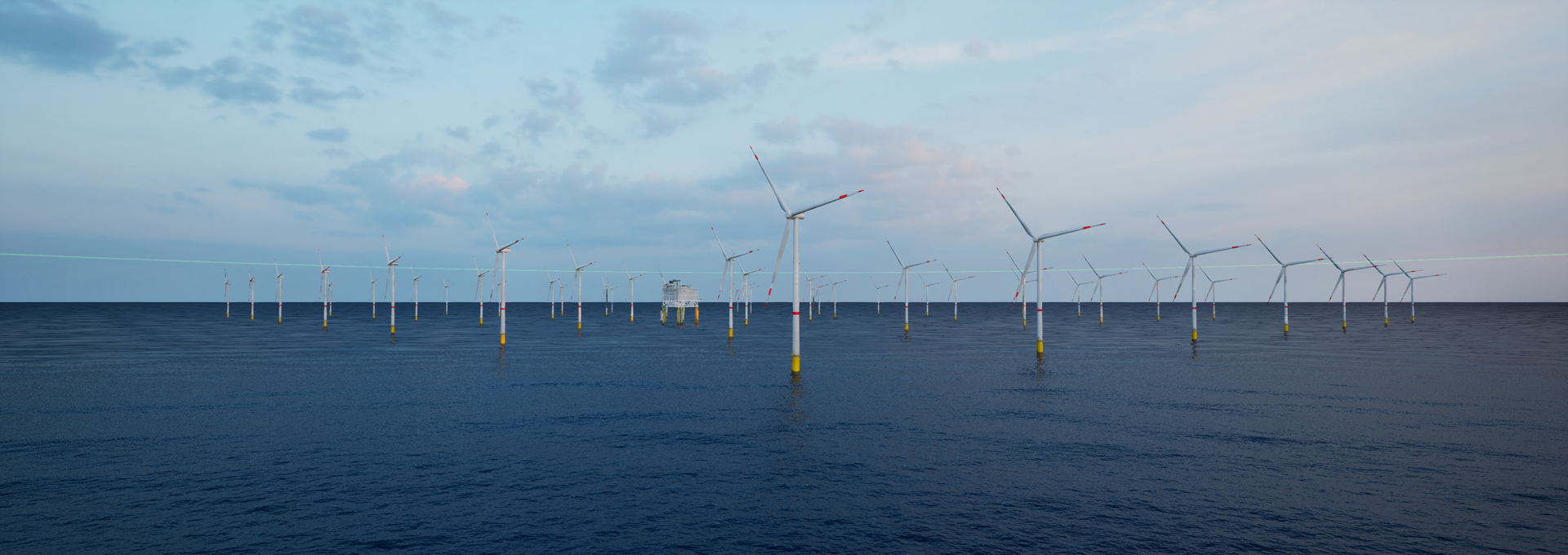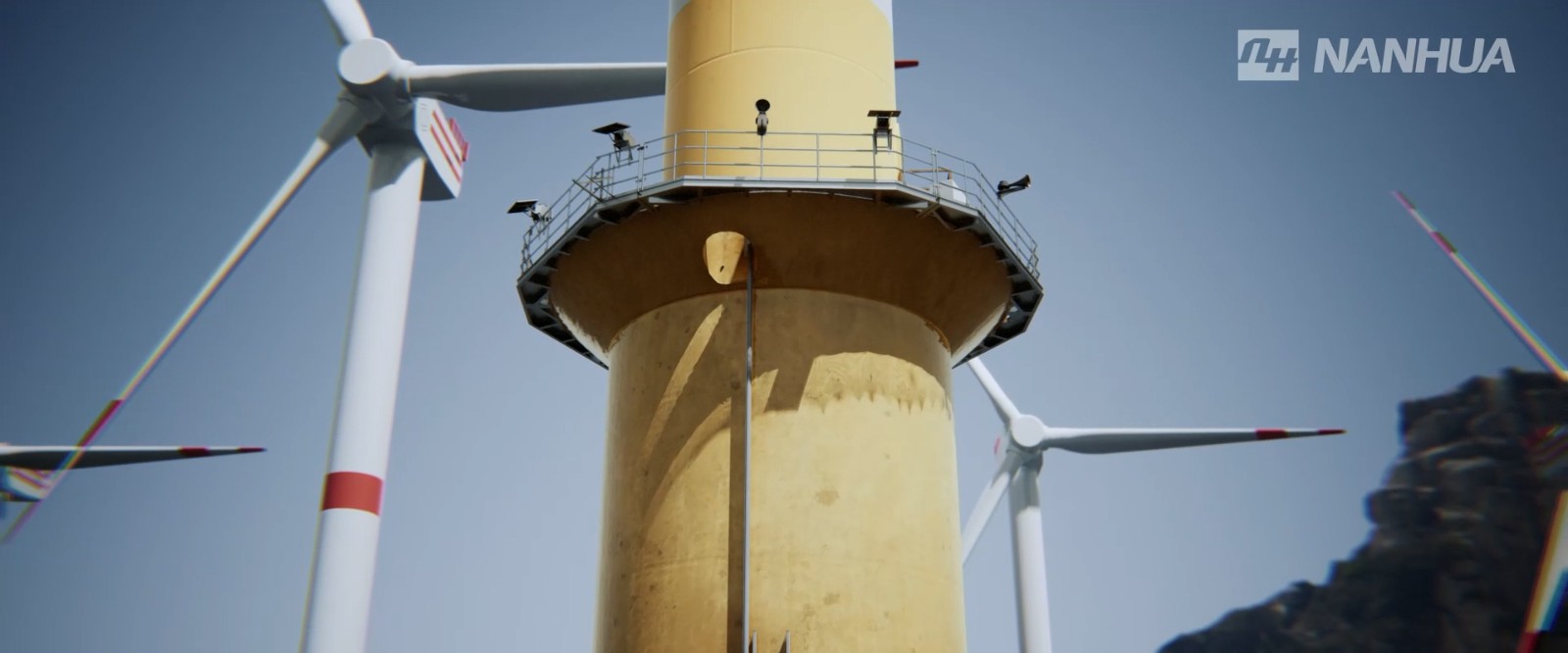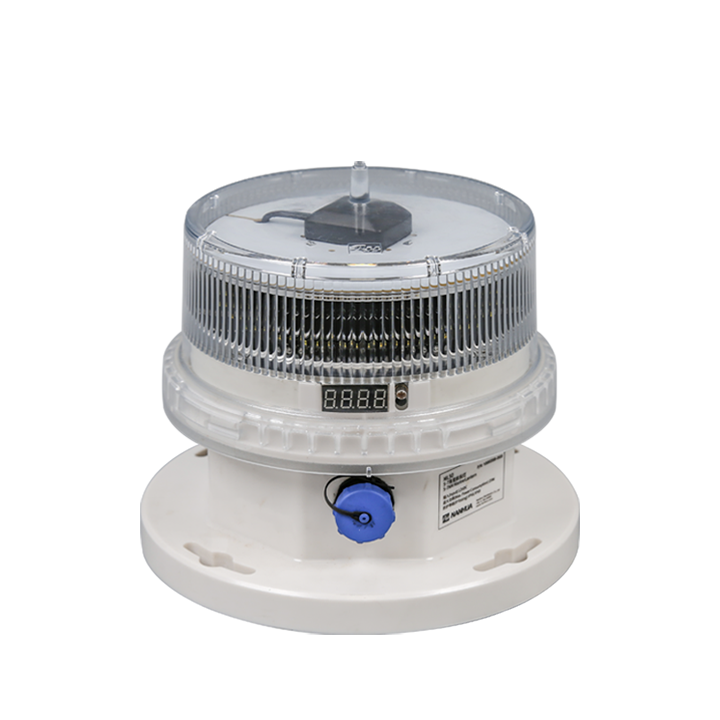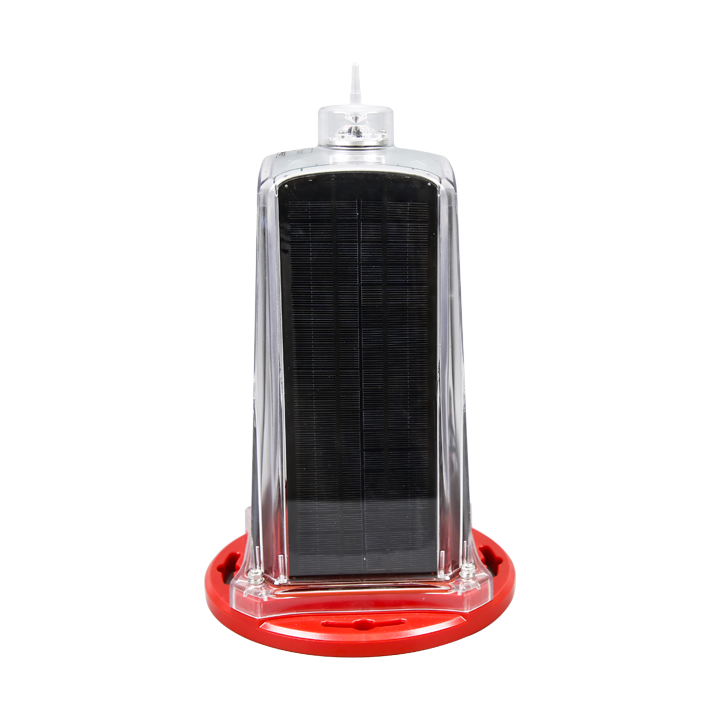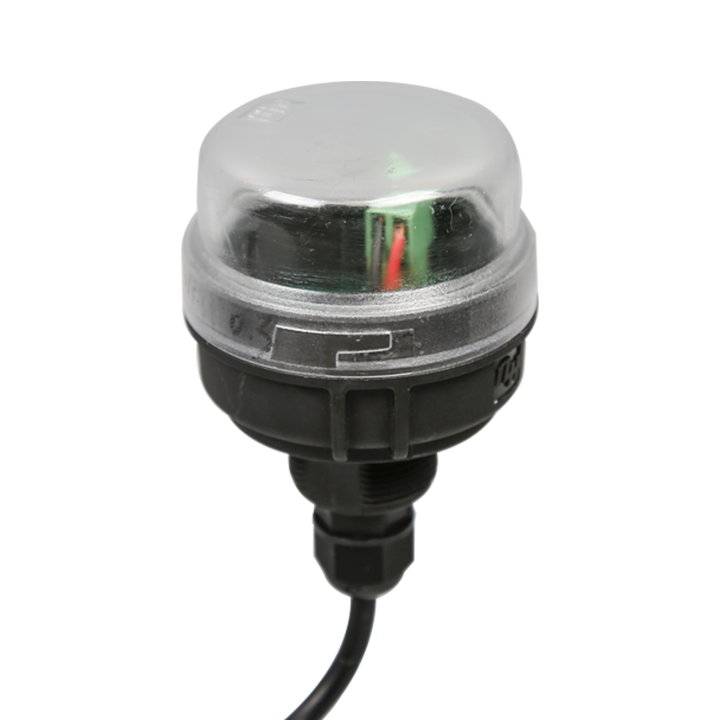Offshore wind farm structures can interfere with vessel electronic detection systems, increasing the risk of collisions, as noted by the International Association of Marine Aids to Navigation and Lighthouse Authorities (IALA).
System Overview
To address this challenge, NANHUA’s Navigation Warning Marking System (NWMS) leverages AIS (Automatic Identification System) technology to issue multi-dimensional visual and audible warnings when vessels approach wind farms, ensuring safe and reliable operations in complex offshore environments.
Features
1. Maritime Automatic Identification
The NWMS employs AIS technology to transmit digital AtoN (Aid to Navigation) information, fully integrated with the Electronic Chart Display and Information System (ECDIS). It provides vessels with real-time positional data of the wind farm while continuously tracking nearby vessels’ positions, speed, and heading. By analyzing this information, the system intelligently adjusts the operational range of navigation lights and omnidirectional foghorns, proving indispensable during the early construction phases of offshore projects.
2. Intelligent Visual Warning
Compliant with IALA standards, the NWMS delivers effective visual warnings up to 5 NM at SPS (Significant Peripheral Structure) locations and 2 NM at IPS (Intermediate Peripheral Structure) locations. The system automatically activates and synchronizes the flashing of navigation lights based on ambient light, GPS signal, and visibility conditions, maintaining safe navigation routes day and night.
3. 360° Omnidirectional Audible Warning
In dense fog, where light penetration fails, sound prevails. When visibility drops below a preset threshold and vessels are detected nearby, our system activates a 360° omnidirectional foghorn. This guarantees that vessels approaching from any direction receive a timely audible alert, significantly reducing collision risks.
4. Proactive Environmental Adaptability
Equipped with precise automated detection technology, the NWMS continuously monitors visibility and environmental changes. Under low-visibility or adverse weather conditions, it dynamically enhances the effective warning range, maximizing maritime navigation safety.













